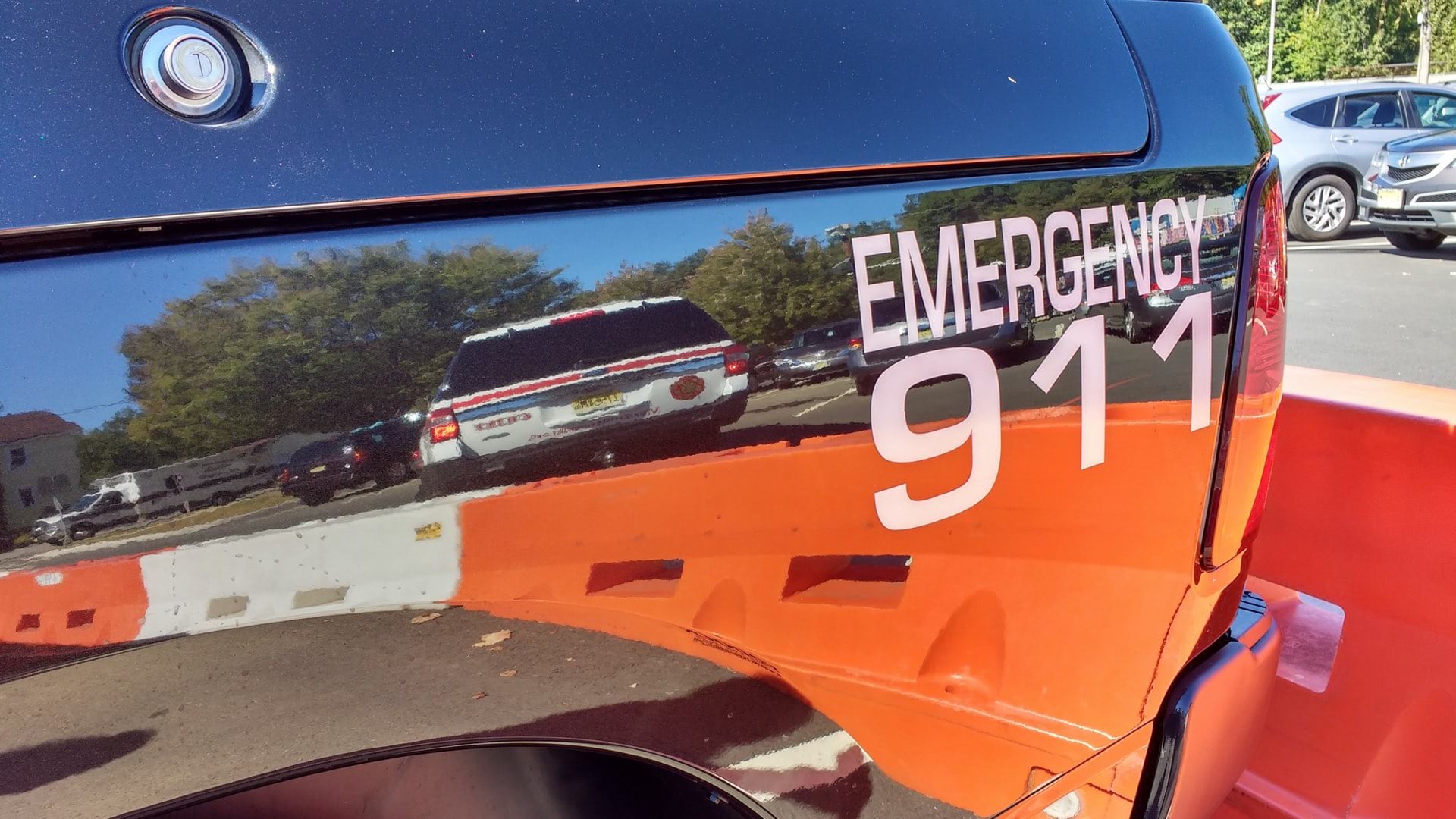

February 27, 2025

Cindy Barbera-Brelle, Illinois’s statewide 911 administrator, leads a 911 modernization effort rallying more than 100 911 systems to streamline processes and improve data quality for a Next Generation 911 (NG911) system.
The project’s main focus over its nearly 10-year timeline has been on creating an up-to-date state map. Barbera-Brelle uses a coordinated enterprise approach with geographic information system (GIS) technology to ensure accurate addresses—a functional element of NG911. GIS maps and data provide essential details about roads, addresses, and jurisdictional boundaries for accurate emergency call routing and location validation.
Thanks to this effort, Illinois also contributed data to the National Address Database for the first time. The database helps improve traffic safety as well as services such as package delivery.
This complex project required a great deal of collaboration and data integration. Barbera-Brelle reflected on the progress and achievements in Illinois, the change management approaches that have worked, and how this effort is now being expanded to address school safety.
This interview has been edited and condensed.
Barbera-Brelle: We’ve made great progress, but it’s been a long and winding road. We’ve transitioned 114 answering points to NG911, with less than 12 to go. The last 12 have been a bit of a struggle. We’re doing integrated text as a part of the project, allowing 911 users to send text messages to public safety answering points [PSAPs].
NG911 really makes a difference in response times. Geospatial routing is the key component of that, making sure the call is routed to the right PSAP. That’s been a huge project, and we’re nearly finished. Making sure 911 calls are handled and routed quickly is huge for everybody.
Barbera-Brelle: Early on, I attended an Illinois GIS Association [ILGISA] meeting [see sidebar]. I needed experts who were passionate about GIS to provide direction and guidance. I needed to understand the state of GIS data across the state.
We’re in a diverse state. In the north, we have Chicago and the collar counties that surround the city that make up more than 65 percent of our population. As you move farther south, we have a lot of counties with less than 50,000 people and some with fewer than 20,000 people. Larger counties have GIS staff, but the smaller ones tend to rely on contractors for this work.
I presented the challenges of meeting the legislative requirement of NG911 at an ILGISA meeting. The president of the association approached me after the talk and offered ILGISA as a resource. A committee was formed to develop standards and policy documentation. We’ve had some excellent players that know GIS, asked the right questions, and have involved their peers.
Barbera-Brelle: We’ve used ArcGIS Hub and ArcGIS Dashboards from the start. We’ve made enhancements to the tools all along. Early on, the dashboard we created showed what data layers have been submitted and whether the data passed our quality checks. Now, we’re more concerned with the timeliness of the data. We’re working on an update to the dashboard to see when data is submitted and how old the data is.
We have some PSAPs that haven’t submitted data since 2023. I have to stay on them and remind them about their liability exposure and the response they need to provide to their citizens. If the data is wrong and a responder goes to a wrong location—adding minutes to a response—it could mean life or death.
Barbera-Brelle: It’s all about communicating. At the start, I did a weekly call with each of the seven regions. Now it’s monthly. I invite anyone who’s involved and share a slide deck, so everyone knows what’s going on.
We have regular discussions about data gaps and overlaps. We talk about concerns. Oftentimes there’s a fair amount of problem-solving that happens on our calls because others have experienced a challenge and worked through it.
You kind of shake your head about some of the data gaps that we need to resolve to support geospatial routing [see the call routing sidebar]. My resource team will narrow down a particular gap and identify as best they can who it belongs to. They make a map, and I send it out to the 911 system manager and the data maintainer, whether it’s a vendor or a local employee. It’s all about making sure we’re providing the best level of service for the citizens and the first responders.
Barbera-Brelle: The 911 system manager in Fulton County has worked to map schools. They had an incident with a cardiac arrest and—relying on interior maps—the first responders were able to go to the closest entrance, saving minutes. With the success of that effort, we started to have conversations.
There has been some legislation to map schools, but it was an unfunded mandate. I administer an NG911 grant program, and I expanded that to include school mapping. We put together a standards-based guidance document, and I gave out $5 million in grants last year. I’d like to see school maps become one of the layers that PSAPs maintain and make available to first responders.
Barbera-Brelle: Nothing goes as fast as I think it should. Probably one of the most positive pieces has been the work with Esri since the beginning, and I’m not just saying that because this is an Esri conversation. We’ve had the same programmer since the beginning and that continuity is just huge for success. He knows us. We’ve had planning sessions and face-to-face meetings over the years.
Learn more about how GIS enables a quick response before, during, and after a 911 call.


